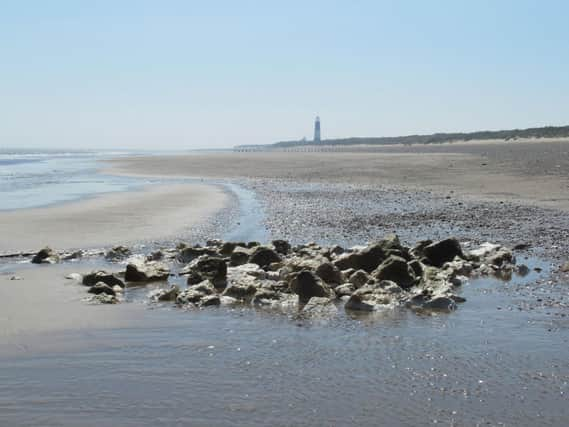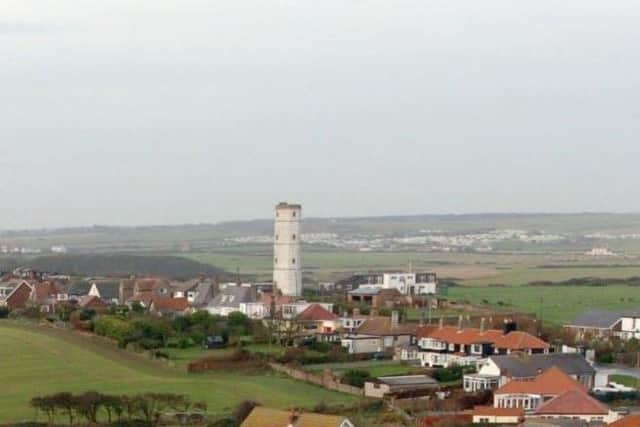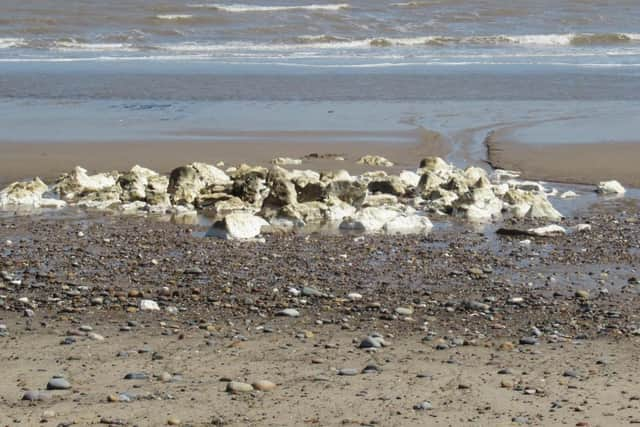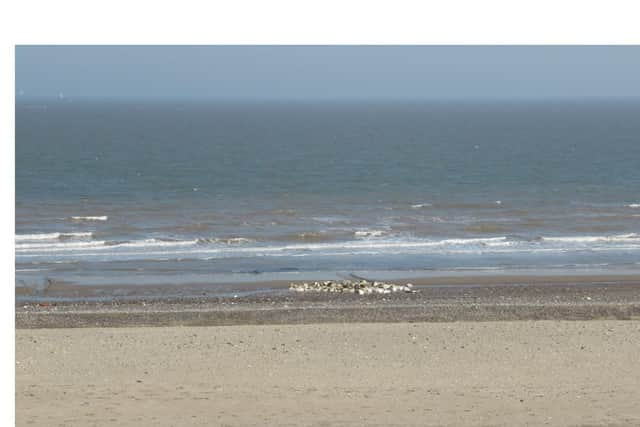Pile of cobbles found on Yorkshire beach could be all that remains of lost lighthouse, says author


Phil Mathison, who wrote The Legendary Lost Town of Ravenser, came across the pile of chalk cobbles when he was out walking with a friend, Torkel Larsen of the Coastal Change Observatory at Withernsea.
There have been lighthouses on Spurn for nearly 600 years - the first was built by a hermit William Reedbarrow in the 1420s.
Advertisement
Hide AdAdvertisement
Hide AdBut it was not until 1674 that a second pair of lighthouses was built after many difficulties by a "bold and confident but not always successful" speculator, by the name of Justinian Angell, who owned land at Spurn.


They were built in pairs so that ships' masters could take bearings on the two marks and work out their position.
Mr Mathison said: "I've walked Spurn a few times and have never seen them before.
"From a distance it looked like a pile of plastic debris or the skeleton of a whale. You could see it from a mile and a half away.
Advertisement
Hide AdAdvertisement
Hide Ad"At the moment the measurements suggest it is the foundation of the 1674 lighthouse."


According to John Smeaton, who built the third lighthouse at Spurn, a century later, the main lighthouse was "a strong octagonal tower of brick about 60 feet high" which had an iron fire-basket hanging from a wooden lever which could be lit and hosted another 14ft higher.
Intriguingly Mr Mathison has discovered bricks among the cobbles which he believes could be associated with the high tower.
But he also accepts that it may be chalk - mainly from the quarries at Hessle - which was ferried to Spurn to prevent it from being washed away.
Advertisement
Hide AdAdvertisement
Hide AdHe is returning to the spot this week to take more measurements.


"The pile is roughly a circle between 7.5 and 8 yards - the foundations of Angell's lighthouse was 8 yards.
"The whole history is vague - John Smeaton who made the later lighthouse - seems to imply that Angell's lighthouse got destroyed in a severe storm in January 1776.
"I've scaled it up from the old maps and it should be 1,840 yards from Smeaton's lighhouse and 48 degrees from true north.
"If it is, it is almost certainly Angell's lighthouse."
Advertisement
Hide AdAdvertisement
Hide AdDuring the lifetime of Angell's lighthouses, Spurn continued to evolve - as it still does today - with sand continuing to building up at the southern end making Angell's lighhouses of less use as navigational aids.
Smeaton, who had built the the third Eddystone lighthouse in 1759, was asked to build a new lighthouse at Spurn, which was completed in 1776.
Comment Guidelines
National World encourages reader discussion on our stories. User feedback, insights and back-and-forth exchanges add a rich layer of context to reporting. Please review our Community Guidelines before commenting.